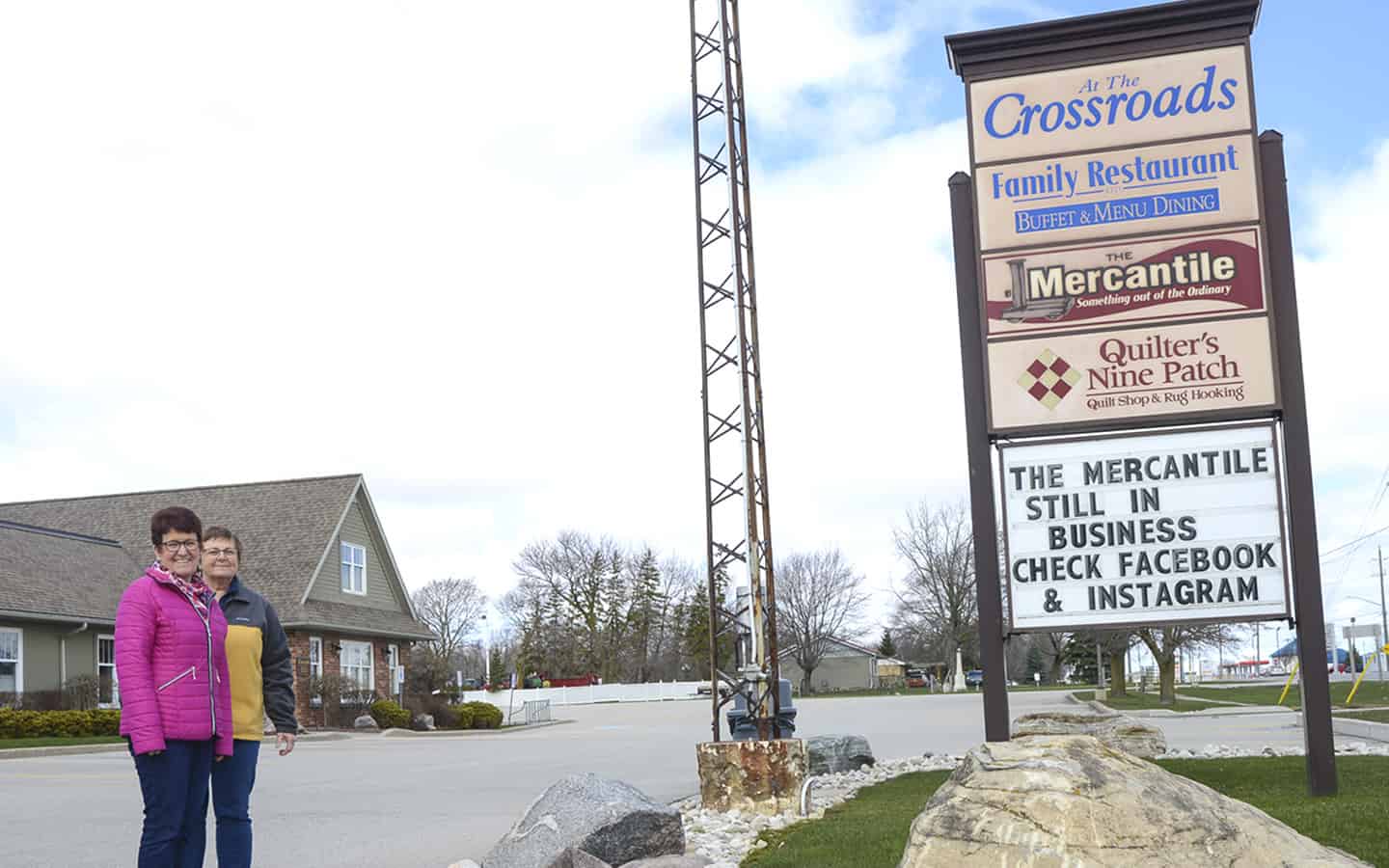While there’s been a decrease in the number of community-spread cases of COVID-19 in the region, acting medical officer of health Dr. Hsiu-Li Wang warns residents they need to continue to follow protocols that have been created to flatten the curve.
“It is important to not let up on any of these measures,” she explained during a digital press conference Wednesday morning.
Although community-spread cases are down, along with a drop in general positive tests, it is still of the utmost importance to follow physical distancing, added regional Chair Karen Redman.
“I have e-mails daily saying ‘is physical isolating really making a difference?” And yes it is, now is not the time to be complacent about this. … People need to internalize the fact that their action by physically distancing is actually what is keeping the community spread going in the right direction.”
“No large gatherings. … I am confident they know what to do – stay with the current guidelines,” added chief administrative officer Mike Murray, specifically addressing the region’s Muslim community in anticipation of the community celebrations of Ramadan.
Public Health reports there were 550 cases of the coronavirus as of Wednesday morning, with 31 deaths linked to the disease, a mortality rate of six per cent.
The number of cases rose by just one from the previous day. Twenty-seven of those infected are currently in hospital. Some 283 people are self-isolating at home, while another 193 cases have been resolved (35 per cent), while that status of 16 more cases is still pending.
Some 64 per cent of cases in the region involve women, with 34 per cent of those afflicted being men.
Those over the age of 80 now make up the highest percentage of those afflicted at 22 per cent. People in their 50s make up 19 per cent of the cases, followed by those in their 40s at 14 per cent. The next highest group is those in their 20s (12 per cent), followed by those in their 60s (12 per cent), 30s (11 per cent), and 70s (nine per cent). Those under the age of 20 make up one per cent of cases.
The region is monitoring outbreaks at five long-term care and retirement homes, outbreaks having been declared over at six others.
Grand River Hospital is also tracking an outbreak in medicine ward 8A at the Kitchener location. One staff member tested positive for COVID-19, prompting the hospital to issue notices to those who may have been in contact with the employee.
“GRH provides staff with the necessary personal protective equipment and training, and supports the provision of care through protocols that assume that every patient is suspected of having COVID-19. We also have many processes in place to identify those with symptoms as quickly as possible to reduce the risk to others, and will continue to work with public health and those impacted to ensure all are provided with the support and care they need,” said Bonnie Cam, vice-president of clinical services, in a release.
Wellington-Dufferin-Guelph Public Health reported 201 confirmed cases Wednesday, an increase of two over the past 24 hours. There have been 13 fatalities. Seventy-two cases have been resolved, with 11 patients in hospital, four in intensive care.
As of Wednesday morning, the Ministry of Health was reporting 12,245 cases of the novel coronavirus in Ontario, an increase of 4.3 per cent over the previous day. There have been 659 deaths attributed to the virus, representing a mortality rate of 5.4 per cent. The ministry reports 6,221 cases (50.8 per cent) have been resolved.
The latest numbers from Health Canada show 38,923 confirmed cases of COVID-19 nationwide, with 1,871 related deaths. Some 576,348 Canadians have been tested for the virus.
There have been some discussions about gradually reopening the economy, with Ontario Premier Doug Ford suggesting the Victoria Day weekend as a possible target. The Region of Waterloo has yet to make a pronouncement, with Murray saying local officials are still uncertain about how things might “roll out.” He did note, however, that transit cutbacks will remain in place until a decision is made to reopen the economy.
“Part of the whole reopening, recovering plan is how do we gradually expand transit service and what measures do we put in place to make sure we have safety for our riders and operators.”









